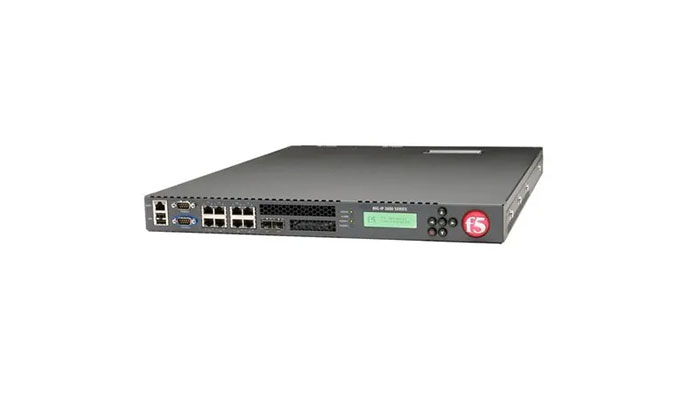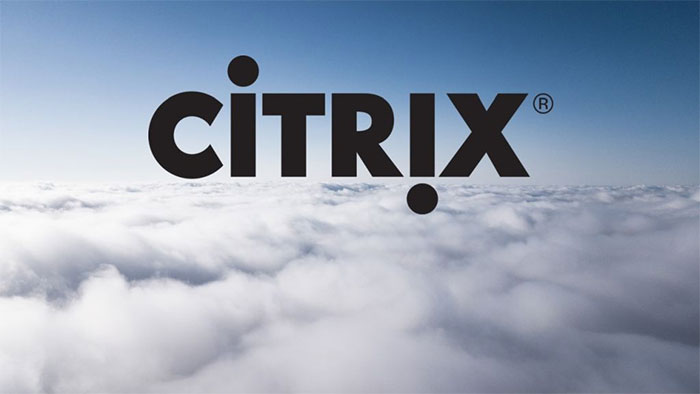Load balancer Appliances: Citrix vs F5
Large companies that have several servers may face the problem that their traffic enters only on one server and other servers are not active. In such a situation, buying and using a load balancer can help.
What is load balancing?
In response to the question of what load balancing is, we must state that in fact load balancing is defined as the methodical and efficient distribution of network or application traffic on several servers in a server complex. A network load balancer sits between client devices and backup servers and receives requests and then distributes them to any available server capable of handling them.
In many cases, in order to better understand the concept of load balancing, it is considered like the traffic police. Because the goal of both of them is to systematically direct traffic to the most suitable place and at the best time. As a result, using the best load balancer helps to avoid unexpected incidents.
Finally, load distribution services must provide the performance and security required to maintain complex IT environments as well as the complex workflows that occur in them. In other words, setting up a load balancer is the most scalable way to handle the high volume of requests from modern multi-application, multi-device workflows.
Along with platforms that enable seamless access to multiple applications, files, and desktops in today’s digital workspaces, load balancing supports a more consistent and reliable end-user experience for employees.
Key features of load balancing
An employee’s day-to-day experience in a digital workspace can be highly variable. Their productivity may fluctuate in response to everything from the security measures on their accounts to the varying performance of the many applications they use. For example, 7 out of 10 sales personnel regularly struggle to connect data from several different applications; A task that can be worsened by poor responsiveness due to insufficient load balancing.
In other words, digital workspaces are highly program-driven. As the concurrent demand for Software as a Service (SaaS) applications is increasing. In the absence of a suitable load balancer, their reliable delivery to end users can become a challenge. Employees who already struggle to navigate multiple systems, interfaces, and security requirements will bear the added burden of slowdowns and performance interruptions.
What is SaaS? It stands for Software as a Service, which is known as cloud-based software. From large companies to small shops, today they must take advantage of SaaS and its benefits. The special importance of this topic has made us talk in detail about SaaS in another article.
What is the reason for the importance of using load balancing?
A load-balanced ADC helps IT departments ensure scalability and service availability. Its advanced traffic management functionality can help a business more efficiently route requests to the correct resources for each end user. An ADC provides many other functions such as encryption, authentication, and web application firewalling. It can provide a single point of control to secure, manage and monitor many applications and services across environments and ensure the best end-user experience.
Citrix implementation with F5 firewall
Citrix is one of the best providers of virtualization software. Citrix XenApp and Citrix XenDesktop products are desktop and software virtualization software. In other words, with this software, you can implement VDI infrastructure, publish desktops and software for users on the Internet so that they can work remotely, etc.
You can refer to the Citrix page of New Vision Company to study the features of Citrix. But beyond the discussion of features and capabilities, Citrix made a big change in its software from version 7 onwards. The changes of version 7 greatly affected the performance and quality of these services.
But in the process of these changes, the direct access of external users, that is, users who are outside the organization, was blocked. Now in new versions you need to use Citrix Netscaler to create access for external users. In addition to the complex implementation of this product, its startup costs are also very high. On the other hand, organizations and large companies use other firewalls such as F5. But the good news is that organizations that use F5 firewalls know that they can integrate F5 and Citrix License.
By integrating F5 and Citrix, you can easily open access by configuring the ICA Proxy feature in F5 firewalls.
Scala with Citrix TriScale: a better consolidation solution
While server and storage virtualization has become a cornerstone in modern data center designs, emerging virtual Application Delivery Controllers (ADCs) promise to extend the benefits of virtualization to the heart of the network infrastructure, enabling large-scale consolidation of ADC appliances distributed separately. The Citrix NetScaler SDX service delivery platform provides a superior ADC consolidation platform over VIPRION® F5 chassis-based systems using its proprietary Virtual Cluster Multi-processing (vCMP) technology. These benefits include key implementation criteria, including:
- ADC Consolidation Density: ADC consolidation requires a platform that not only absorbs the existing number of ADC devices on the network, but also has enough space to handle future needs. Even with a fully populated VIPRION chassis, F5 vCMP customers cannot consolidate more than 16 guests, compared to the 40 supported by NetScaler SDX, a critical 2.5x benefit for NetScaler customers.
- ADC Capability: NetScaler SDX offers 100% ADC functionality parity with popular Citrix NetScaler MPX networking equipment, allowing NetScaler SDX to consolidate all ADC deployments. In contrast, F5 License new vCMP technology, while providing basic consolidation capabilities, does not support the full set of ADC capabilities provided on F5’s BIG-IP hardware appliances. For example, a vCMP guest cannot support basic functionality such as caching dynamically generated web content. This limitation may prevent federal agencies from consolidating existing ADC equipment. At the very least, they may need to reduce their ADC policy to match the resulting vCMP limitations.



